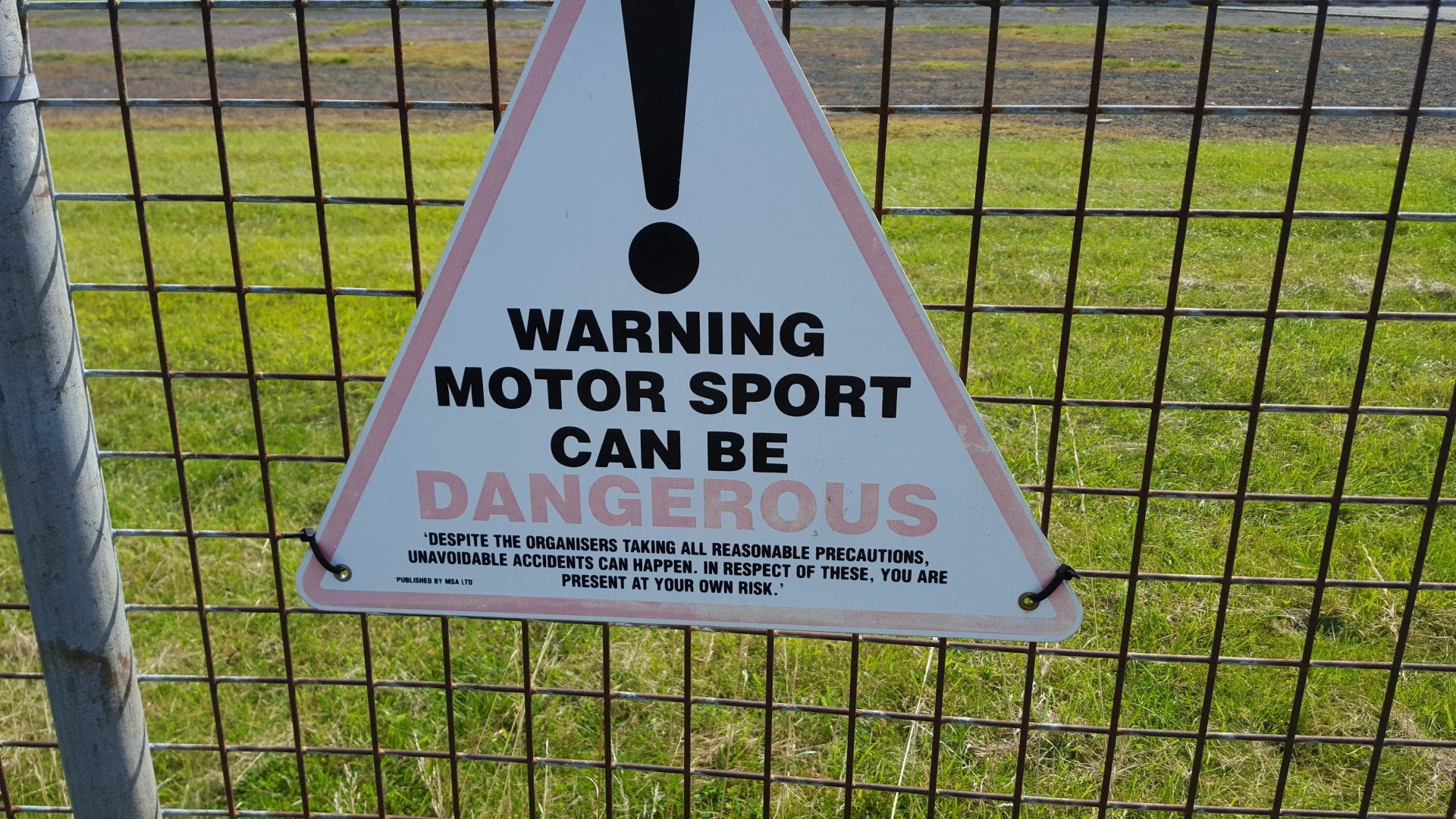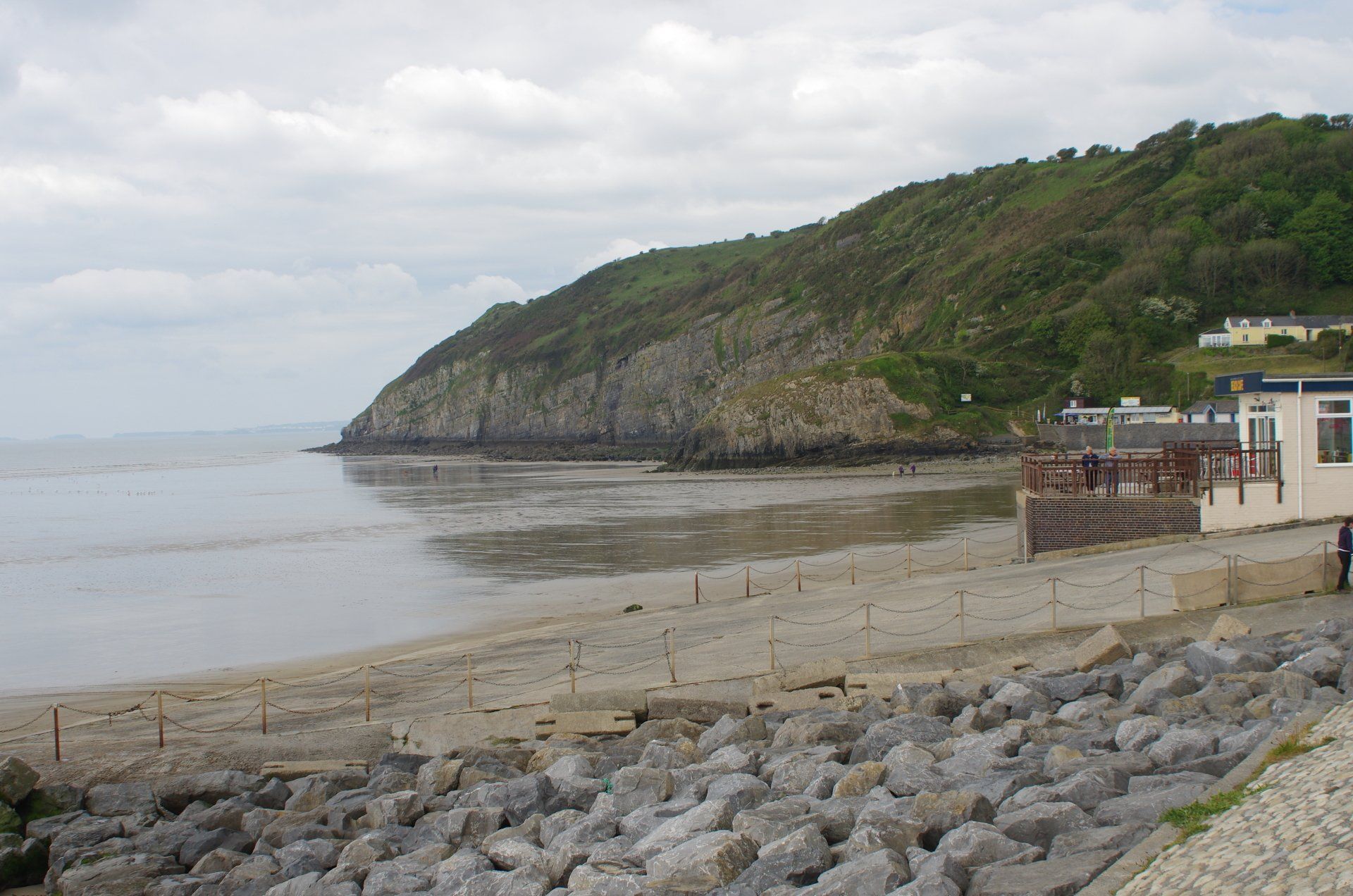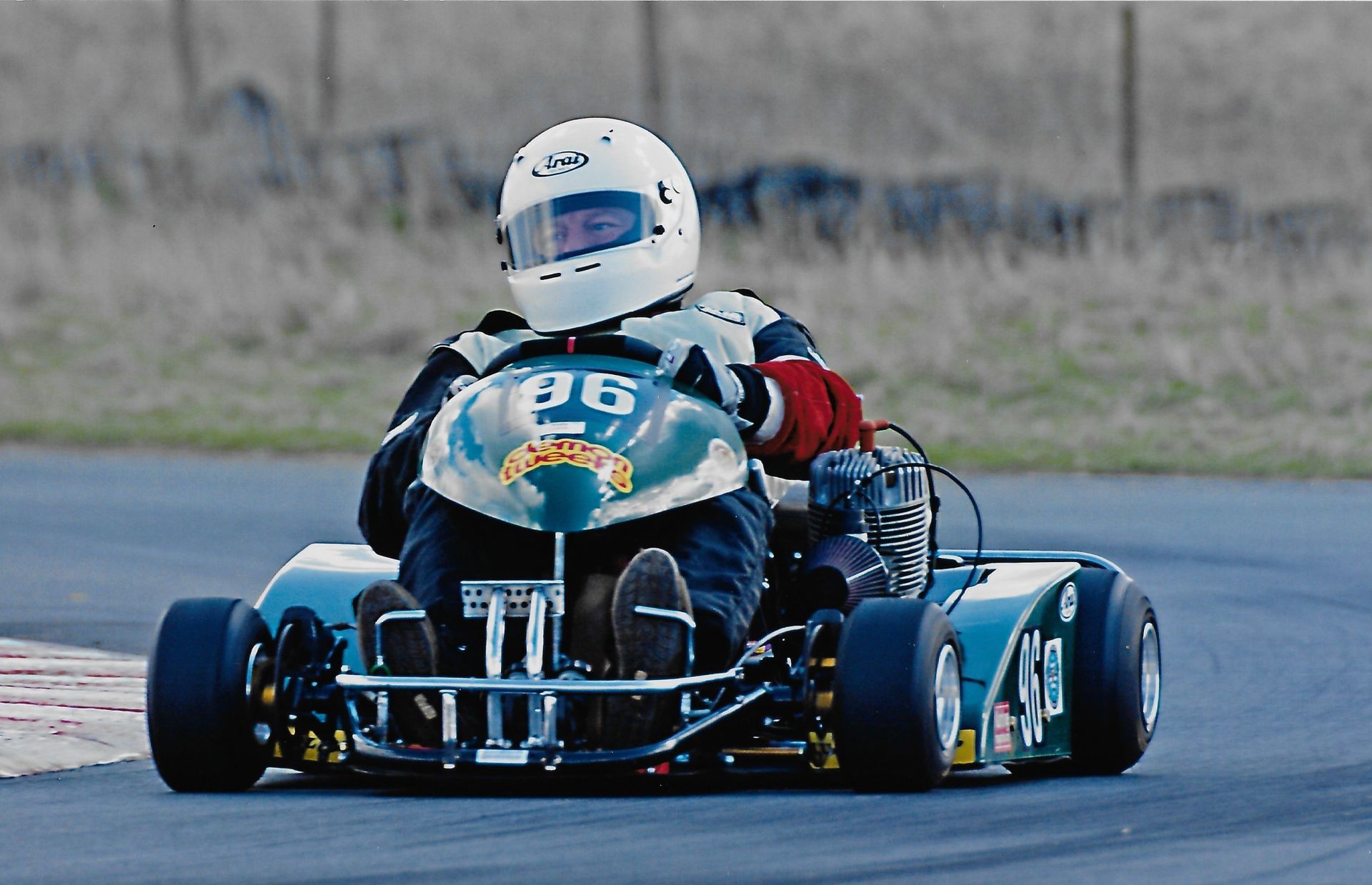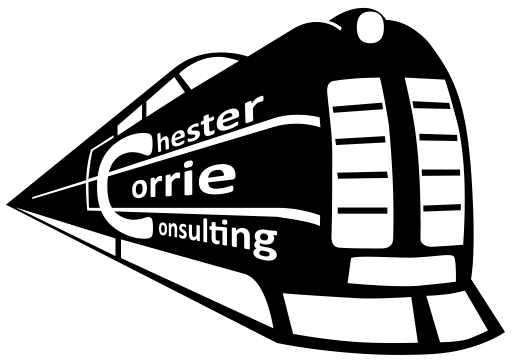Triple-C Racing blog
Triple-C Motorsport provides the motorsport banner for Chester Corrie Consulting. We plan to attempt a series of Land Speed Record attempts using Classic (generally pre-1981) or Vintage (pre-1956) motorcycle components. Stage one of this malarky is my attempt to become the Fastest Vintage Villiers
on two wheels ... stay tuned to our blog for the latest progress reports and join us in our mission!
If you are interested in Land Speed Racing (motorcycles), or Villiers' engined gearbox karting (now run by the 210 Challenge - see www.210challenge.co.uk) and want some help or information then please e-mail me from the Contact page with the letters 'LSR' in the subject heading

by Robert Hopkin
•
22 Apr, 2020
This post gives more of a background to gearbox karting from the Villiers-engined karting perspective. Formula 210 National dates back to the 60s and as you can see from the middle picture, equipment was quite basic in those days - this is Dan and Tony Bury's historic kart in the middle picture and you'll see the chassis design is rudimentary (but class-winning in its day), the brakes are drum brakes and cable operated and the tyres much taller and narrower than tyres of today. Additionally, the regulations at that time would not have permitted belt drive conversions for the primary drive. The engines all originate from the 1950s and 1960s and started out like as a 197cc Villiers 9E engine (and derivatives) as used by DOT, Francis Barnett, Greeves and James in their road-going and competition motorcycles - for an authoritative guide have a look at http://www.historywebsite.co.uk/Museum/Engineering/Villiers/Villiers.htm#menu . The modernised versions of these engines still use many of the original components and, if you are interested in the historical series of racing, there are significantly fewer modifications allowed. There is a thriving community centred around Historic Karting with the potential for high speed demonstration runs/parades (these are not races - honest!) possible at UK Short Circuits under the auspices of the BHKC - see www.britishhistorickartclub.com - also, to find out more about the history of karting - go visit the The Real Historic Kart Club at www.trhkc.com/ where there are loads and loads of brilliant archive photos. Another source of reference and unbridled fun is the Retro Race Historic Kart Series - see www.retroracer-hks.co.uk/ for more information about what they can provide in terms of historic/retro karting (they cover all classes from vintage/veteran up to more recent 1995-2000 outfits). Anyhow, back to the modern day 210 missiles (in Long Circuit trim at Snetterton, Cadwell Park and Silverstone, they were capable of 140+mph with aero kits and raised gearing); however, now, we concentrate on the Short Circuits as Long Circuit racing became prohibitively expensive and, as a double whammy, the numbers had dwindled to make Long Circuit racing untenable. The racing is still close and exciting; around 35-38 bhp can be extracted from these machines and the average 210 outfit can lap a circuit in about 110-120% of the time that a modern 125cc kart does - although, some of the 210 class racing gods (and goddesses) can give the 125s a race for their money. We are allowed to use slicks and wets, the tyres are in effect a control tyre based on a single compound formula for the slicks (Dunlop SL3) and, trust me, they are hard as nails (as a bonus, they can last a whole season!). If you do not warm them up, you will have an 'on the edge, in the hedge' moment come the first corner of the heat or final. We (kart racing) are not permitted to weave on the warming up laps - but oversteering, by whacking lots of lock on as you go into each corner of the warm up lap(s), and judicious braking provide your best chance of getting heat into the front tyres! The Formula 210 National class is now run by the 210 Challenge - a nicer bunch of karting enthusiasts, drivers and engineering nutters you couldn't wish to meet ... there is a good social side to the racing and although it is fiercely competitive when the visors go down, help and advice is freely given to novices (although don't believe every answer you get when asking about tyre pressures and front/rear track widths!). If you are interested in this sport where it's not all about trying to become the next F1 driver (although Nigel Mansell is a previous class champion), but more about taking on a technical challenge as well as a driving challenge, then go along to a meeting watch the racing and talk to the drivers and pit crew. Racing in this class takes place about 8 times a year at circuits like Little Rissington Kart Club (nr Stow on the Wold), Shenington Kart Racing Club (nr Banbury), Huntingdon Kart Racing Club (Kimbolton, Beds), Three Sisters (Wigan) and Lincolnshire Kart Racing Club (Fulbeck, Lincs). All kart formulas have colour coded number plates to help identify the classes, the 210 Challenge karts have white on red plates; the kart with black and white plates identifies that driver as a novice, we do not have to use 'novice squares' (the black 'X' on a yellow background) system as used in other motorsport classes. If you want to find out more about this fantastic class - the first and the oldest gearbox kart racing formula - visit www.210Challenge.co.uk - there is even a hotly-contested 'challenge within the challenge' for the over 60s (over 4 rounds) ... what's not to like!!

by Robert Hopkin
•
20 Apr, 2020
The photo at the very top is of Pendine Sands in Carmarthenshire - a beautiful, rugged coastline made famous by it being the early home of UK Land Speed Racing attempts on the sands which, when the tide is right and the jellyfish have been persuaded away, becomes the racing venue for Land Speed Racing attempts twice a year in May and September. Somewhat helpfully, the classes run at Pendine Sands are the same as those at Bonneville Salt Flats in Utah and, therefore, in theory at least, a record set at Pendine Sands can qualify as a Bonneville record too - without the need to spend a load of dosh in terms of getting your bike to Bonneville ... that said, the aim is still to go to Bonneville once we are confident with the engine/chassis package and the reason for that is that need to seek relevance in my life! Read on ... Some time ago, I watched a TV documentary (on 22 May 2015 on BBC2) called "Speed Dreams: The fastest place on Earth" all about a set of Brit motorcyclists/engineers preparing to travel to Bonneville Salt Flats with the aim of setting or breaking a Land Speed Record 'on the salt'. I thought nothing of it at the time; however, something the presenter [you can find her on LinkedIn under the name 'Land Speed Louise'] said at the end of the programme sunk into my brain and resonated - she said, "This [Bonneville Salt Flats] is where men come to seek relevance in their lives" ... whilst I totally agree with her, there are, I hasten to add, plenty of ladies that also seek that same relevance to their lives in Land Speed Racing! Against that backdrop ... I had just hung up my karting boots (Formula 210 National - the first and the oldest gearbox kart racing series using bored out and highly-tuned Villiers 9E 197cc motorcycle engines from the 1950s) - the term 'modified' is perhaps slightly misleading as they have had their capacity increased to 210cc and through porting, lightening and balancing, power has been upped from a modest 9bhp to 35+bhp along with the rev ceiling moving from 6,000 rpm to a gutsy 10,400 rpm. So, as I now had a couple of engines going spare, I thought - why not sling them into a frame and see what we can do about becoming the fastest 'vintage' Villiers on two wheels in the 250cc class? For those of you who know their Villiers stuff, I am not including the Villiers Starmaker engine which, in the hands of Peter Inchley in 1966, came 3rd in the Lightweight TT with an average speed of 91.43mph - also I do not have any data on the top speed of that particular 250cc road racing motorcycle. However, the main reason that I am not including this engine's performance in my quest to become the 'Fastest Vintage Villiers'-engined Motorcycle' is that the Starmaker engine was produced way after the 1956 cut-off date for vintage engines under the Bonneville SCTA Rules. That engine, being a 68mm bore x 68mm stroke 'square' engine and with 4-speed or (if you can find them) 6-speed gearbox along with its diaphragm clutch is a very different proposition to the long-stroke Villers 9E 197cc used for the Formula 210cc National karting engines, That said, I have a cunning plan to build a Starmaker/Stormer 250cc engine and see how we can develop it for Land Speed Racing! Starting off gently, for once, saw me attending the Straightliners Top Speed Weekend at Pendine Sands in May 2018 ... and the rest, as they say, is history! If you need more information about Top Speed events visit their website here: www.straightliners.events/index.php . Whilst there, I bumped into Lyndon Davies of Lyndon Davies Engineering (LDE) a creative engineering genius who is preparing the chassis and will be a driving force in this project. Lyndon is a seasoned LSR campaigner and nothing seems to faze him in terms of fabricating and 'making it fit' ... more information soon! Back to the 350cc campaign and this will take some time - we are only at the mock up stage and as you can see from the middle photo, the frame is posing a bit of a challenge (in that it is not quite 'square' although most of the dimensions are in order (see top left tech drawing). The middle photo show s us the bike with New Old Stock (NOS) 32mm forks from a Moto Guzzi V50 along with disc brake - as I have said before - not one for the purists! Like the South Wales coastline, the top right photo is also beautiful and rugged, being the conrod from Carrillo that will be married to a Phil Pearson crankshaft once the COVID-19 travel restrictions have been lifted and I can get my crankcases to Phil Pearson Engineering over at Great Yarmouth (see www.bsagoldstar.co.uk ) ! More to come ...

by Robert Hopkin
•
14 Apr, 2020
After decades of being a motor sport 'nut' including brief periods of hill climbing and sprinting in a MG Midget and latterly a Porsche 944, Chester Corrie Consulting took to the tracks in a Formula 210 National Gearbox Kart (powered by the venerable Villiers 197cc engine, bored out to 210cc - ported and tuned to 4 times its original power rating). This went on for a few years until too many rugby injuries came home to roost ... mainly in terms of the inability of my neck to hold sustained 'g' on the fast sweepers! Now the focus is on straight lines, Drag Racing or Land Speed Racing is the sport of choice for Chester Corrie Consulting under the banner of 'Triple-C' Racing. This year sees Triple-C Motorsport attempting to become the fastest Vintage Villiers'-engined motorcycle, and next year may see us having a go at the Vintage 350cc Methanol Class using a 1954 BSA B31 350cc engine and gearbox in a 1947 BSA B31 rigid frame. This is all preparation for an assault on the Land Speed Record (currently standing at 95.879mph) for Modified Vintage 350cc Motorcycles running on Methanol (the 'racing classification' is known as M-VF-350cc if you know your Bonneville Speed Week Classes) at Bonneville Salt Flats in Utah in or about 2022/3. First, however, the quest is to be the 'fastest Vintage Villiers' at Pendine Sands, Wales in May 2021. Wish us luck!
If you are interested in the noble sport of Land Speed Racing (in the 'Bonneville' classes, not the FIM or ACU classes), then you need to get hold of the relevant Supplementary Regulations - these can be bought from the Southern California Timing Association (SCTA) from their website http://www.scta-bni.org/ for about US$10 (plus posting) by visiting their main store page here. At the moment (May 2020), only the 2019 'regs' are available ... but they do not change much in content from year to year - however, at the risk of stating the obvious, if you are serious about building or racing, then you will need the most up-to-date set of regulations. Alternatively, you can download a similar
set of regs, usually a year out of date, from the AMA website for free ... click here
to download a copy of the pdf, or visit https://bonnevillespeedtrials.com/wp-content/uploads/2019/05/2019-AMA-BonnevilleSR-PublishV16.1.pdf - you have been warned, it is infectious!
The SCTA maintains the rules and records for all Land Speed Racing classes (all types/classes of vehicle) at Bonneville Salt Flats, Wendover, Utah (just under a 2-hr drive from Salt Lake City), as well as at El Mirage Dry Lake, El Mirage, California (about a 2-hr drive north east of Los Angeles). For information about UK Top Speed events go to https://straightliners.events/.

